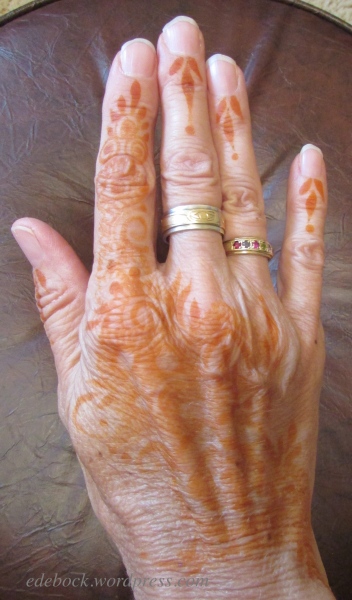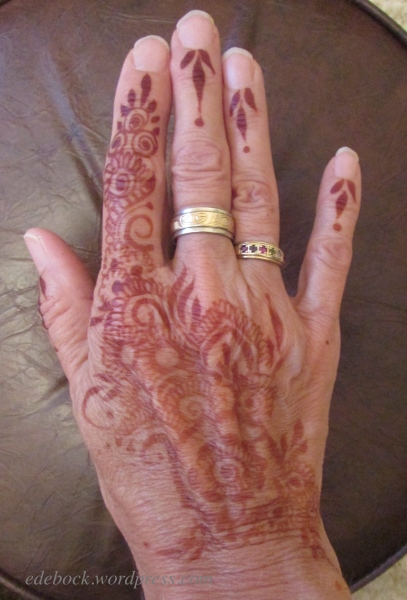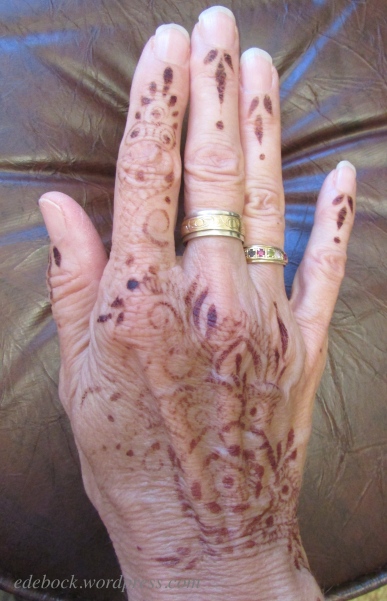 Vogue is arguably the most famous fashion magazine in the world. First published in 1892 as a weekly newspaper, it slowly evolved into the monthly publication that it is today. While print magazines might not be as popular as they once were, the US edition of Vogue had 11.1 million readers in the spring of 2021! There are also 26 other editions of the magazine internationally. Sometimes referred to as the bible of fashion, Vogue is an iconic trendsetter within the realms of fashion, lifestyle, and beauty, and increasingly deals with political, social and cultural topics as well. When Vogue says something is beautiful, most people would probably agree.
Vogue is arguably the most famous fashion magazine in the world. First published in 1892 as a weekly newspaper, it slowly evolved into the monthly publication that it is today. While print magazines might not be as popular as they once were, the US edition of Vogue had 11.1 million readers in the spring of 2021! There are also 26 other editions of the magazine internationally. Sometimes referred to as the bible of fashion, Vogue is an iconic trendsetter within the realms of fashion, lifestyle, and beauty, and increasingly deals with political, social and cultural topics as well. When Vogue says something is beautiful, most people would probably agree.

This month, Vogue Philippines says that 106-year-old Apo Whang-Od is beautiful and I couldn’t agree more! As Margareta Magnusson says in her small book, The Swedish Art of Aging Exuberantly, “a patina of warmth and a well-lived life shines visible in her face”.
Whang-Od is the Philippines’ oldest mambabatok or traditional Kalinga tattoo artist and has been performing the ancient art of hand-tapped tattoos since she was a teenager. Every year thousands of tourists flood to Buscalan, a remote mountain village about a 15 hour drive north of Manila, seeking her signature designs. Each symbol carries a special meaning. Some represent things of nature while others signify strength, beauty, bravery or fertility.
Whang Od uses an ancient technique; her only tools a bamboo stick, a thorn from a pomelo tree, water and coal. With intense concentration, she paints a design on the skin using the homemade coal-water ink then tap by tap, she uses the thorn and the stick to push the ink deep into the skin
According to tradition, a mambabatok is only allowed to pass their skill down through their own bloodline, so Whang-Od, who learned the art from her father, has been training her grandnieces in the ancient art. At 106, however, she has no plans to retire. She says that she will continue tattooing for as long as her eyesight allows!
“We believe that the concept of beauty needs to evolve, and include diverse and inclusive faces and forms. What we hope to speak about is the beauty of humanity,” said Vogue editor-in-chief, Bea Valdes. I think they also captured the beauty of age! Prior to this, the oldest Vogue cover model was Dame Judi Dench who appeared on the front of the British edition in 2020 at the age of 85.
When I saw the cover picture of Whang-Oh, I couldn’t help thinking of this photo, one of my favourites from our time in China. She may not be a cover model for Vogue, but she’s appeared on the blog more than once before and I wouldn’t be surprised if she did again! I don’t know her name and I have no idea how old she was, but I thought she was beautiful and I still do.

 Though I have nothing against them, I’ve never had any desire to have a permanent tattoo. For quite some time, however, I’ve wanted to try the ancient art of henna and I finally had the opportunity when I came across
Though I have nothing against them, I’ve never had any desire to have a permanent tattoo. For quite some time, however, I’ve wanted to try the ancient art of henna and I finally had the opportunity when I came across 



